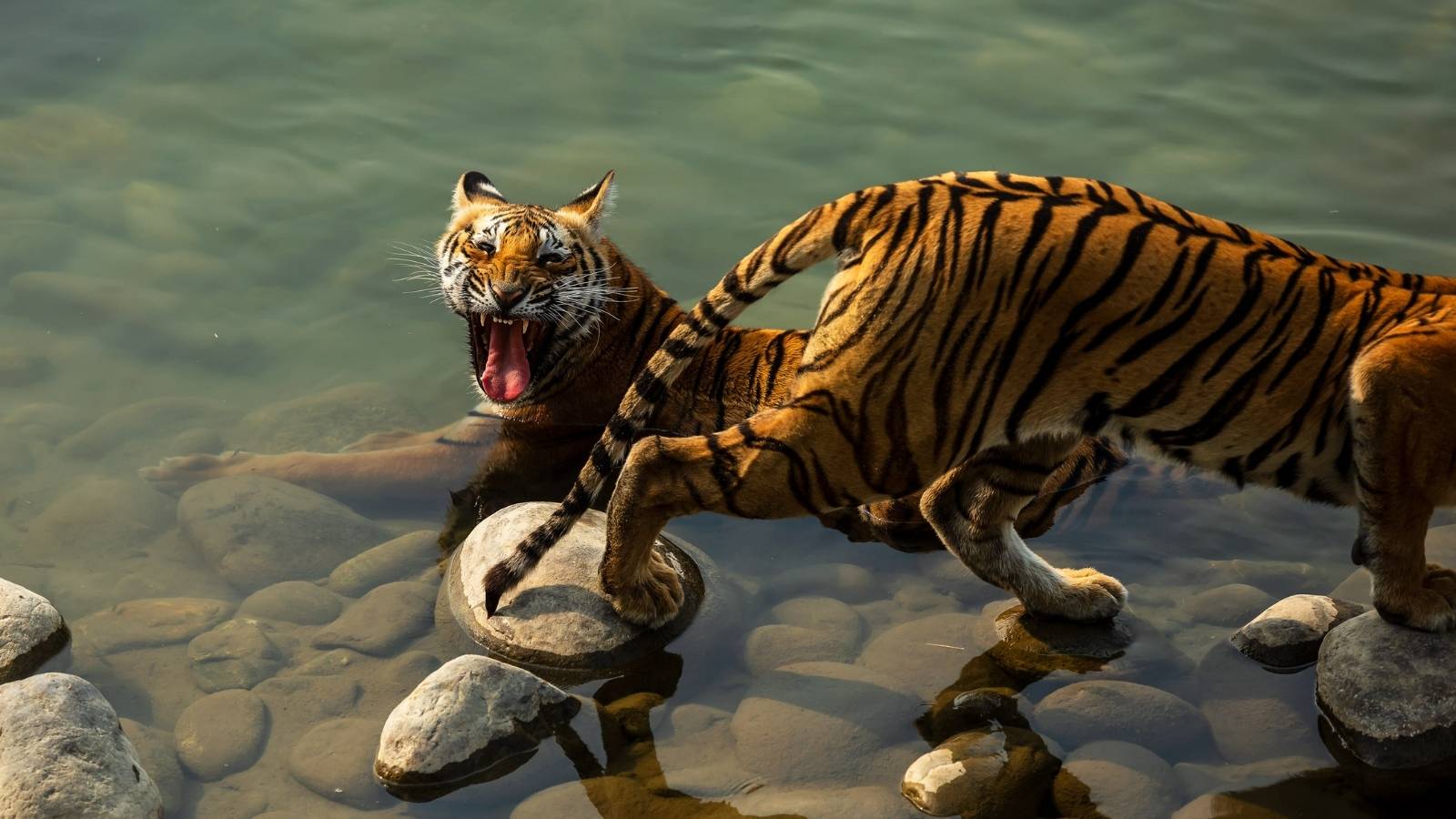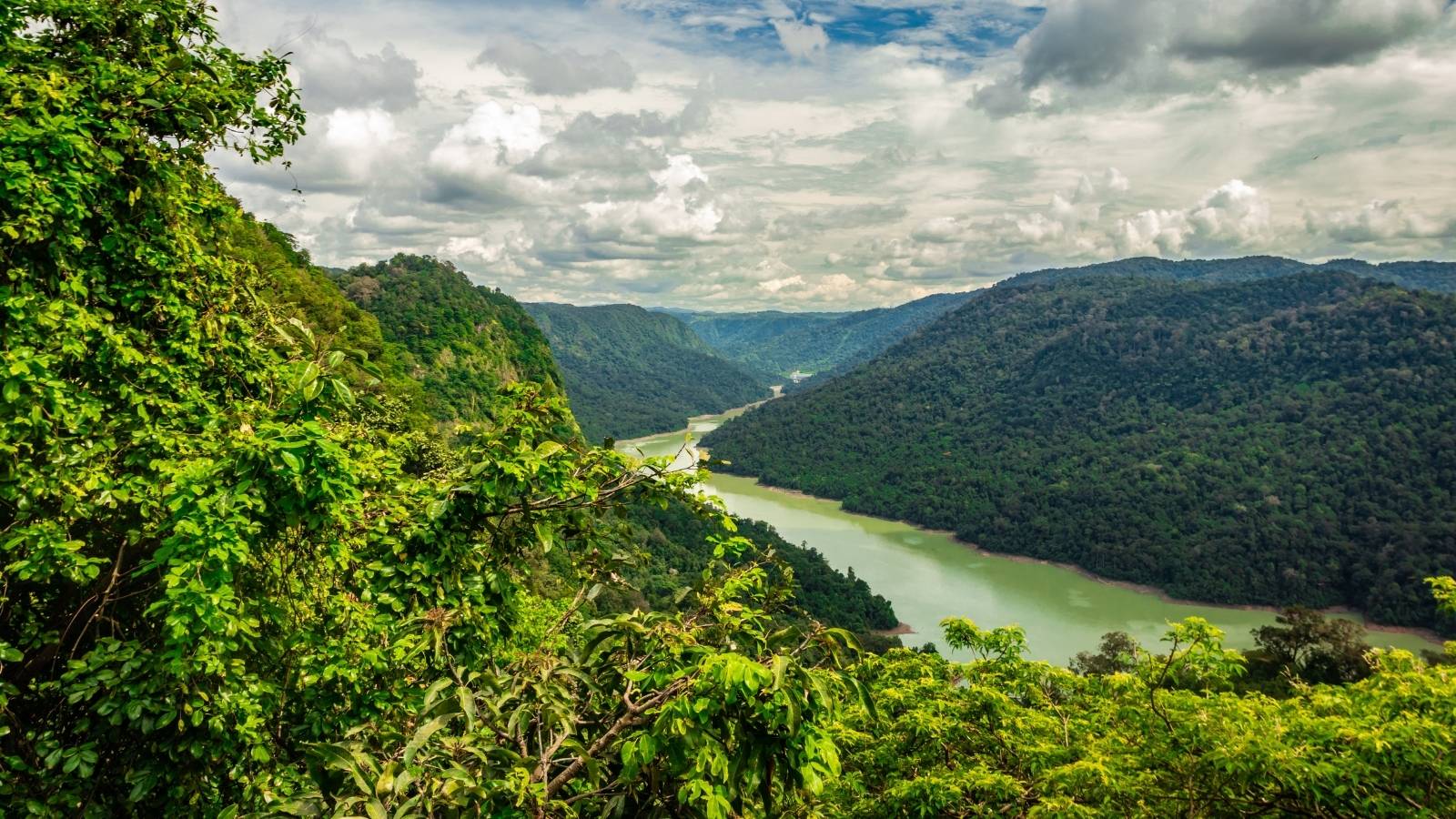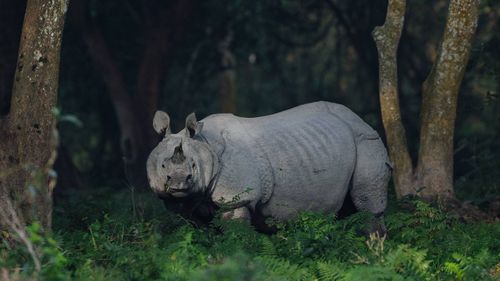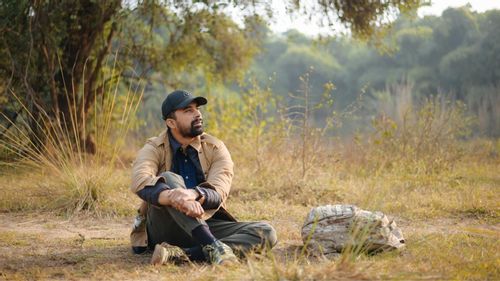India is home to some of the world’s most incredible wildlife – some of them are endangered due to reasons like habitat loss, climate change, man-animal conflict, and poaching. But courtesy of hardworking conservationists, dedicated governments, and wildlife enthusiasts, positive changes are being noticed in the current scenario.
Recently, for the shoot of our latest offering Safari India, team Zee Zest and host Rannvijay Singha toured several wildlife reserves and national parks in India. These safaris helped them discover some interesting facts about the interesting wildlife of our country. Here, we present to you some of the highlights.
1. Tiger population in India

On International Tiger Day 2021, the Prime Minister of India, Narendra Modi, shared on Twitter that our country is home to 70 per cent of the global tiger population. It is a massive success of conservation efforts because in 2010 the National Tiger Assessment estimated that our country had 1706 tigers and, as of 2018, which is almost a decade later, we have 2967 of these big cats.
2. A megadiverse country

According to the International Union for Conservation of Nature, which was established on October 5, 1948, in Fontainebleau, France, India is a megadiverse country because of the 35 biodiversity hotspots in the world, India host 4 – the Himalayas, the Western Ghats, the Indo-Burma region and the Sundaland including the Nicobar Islands. Even though it has only 2.4 per cent of the world’s land area, the country accounts for 7-8 per cent of all recorded species, including over 45,000 species of plants and 91,000 species of animals.
3. Gir – the only home of Asiatic lions
Once present in multiple states of India, including West Bengal and Madhya Pradesh (Rewa, to be specific), Asiatic lions’ (aka Indian lion), one of the endangered species, can currently only be found in the dry deciduous forest of Gir National Park and Wildlife Sanctuary in Gujarat. In 2015, the population of these lions was 523 but over the years, thanks to conservation efforts, we’ve recorded a 29 per cent increase in the population. As of 2020, India was home to 674 Asiatic lions.
4. Project Crocodile
As a measure to save the native crocodile population of India like ghadiyal, Project Crocodile was launched in 1975. Ever since conservation programmes are being run in different parts of the country to promote safe reproduction and protection of crocodiles. Tikrapara and Mahanadi in Odisha, Kukrail in Lucknow, and Chambal Sanctuary in Madhya Pradesh are a few of the places important for the protection of crocodiles. Currently, Ranthambore National Park in Rajasthan has 400 crocodiles, and the number is only expected to increase with time.
5. The endangered one-horned rhinoceros
Listed as one of the vulnerable species by IUCN, the greater one-horned rhino is native to the Indian sub-continent. These rhinos are great swimmers, can dive and feed underwater; and as far as land is concerned, they can run at an average speed of 40 km/hour for short periods, according to savetherhino.org. The Kaziranga National Park, a UNESCO World Heritage Site in Assam, is known for having the world’s largest population of one-horned rhinos, which is 2413, as per the 2018 census.
6. India is host to 1300+ species of birds, excluding migratory birds
When talking about the wild in India, one can’t miss the avifauna aka the birds. Our country has over 1300 species of birds and according to the State of India’s Bird Report 2020, a dramatic jump was recorded in the number of our national bird- peacock.
Some of India’s rarest and least known birds include the great Indian bustard, white-winged wood duck, masked finfoot, and white-bellied heron.
7. Bear rescue and rehabilitation
The good folks at the Centre for Bear Rehabilitation and Conservation in Pakke Wildlife Sanctuary have rescued 50 Asiatic black bears so far. Post the rescue, the team strives for these animals’ rehabilitation, rearing and nurturing. And once they are well-acquainted with the wild, they are set free in the sanctuary to play their role in nature’s game of survival.
We met two bear cubs of these rescued animals during the shoot of Safari India with Rannvijay Singha. Watch our experience here:
8. Tigers at the Corbett Tiger Reserve
Of the 50 tiger reserves in India, Corbett has reported the highest tiger density. According to a blog post published on Corbettnationalpark.in last January, this Uttarakhand-based reserve has 14 tigers per 100 square kilometres. 252 tigers were recorded inside the reserve and 266 using the reserve, as per a report released by the Union Environment Department.







